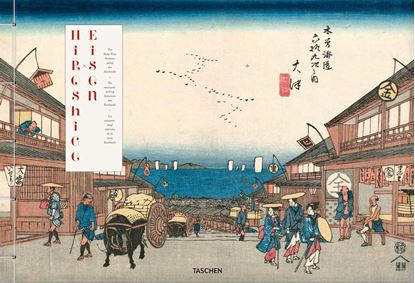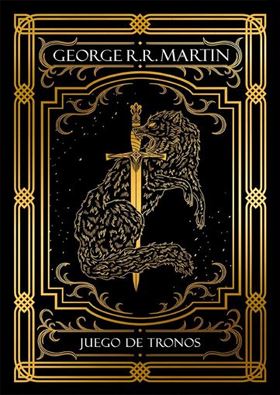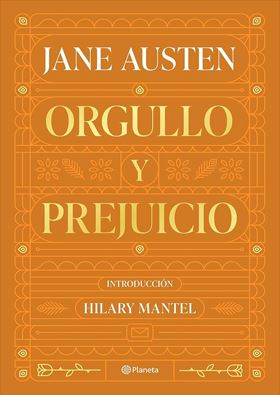

ZEYNEP FADILLIOGLU. LUXURY REDEFINED
A comprehensive look at Istanbul-based interior designer Zeynep Fadillioglu’s most striking projects, from a modern minimalist mosque to the city’s largest luxury hotel.
Renowned for her striking, multilayered projects that are rich in materials, arts, and crafts, Zeynep Fadillioglu’s interiors express a bold contemporary sophistication and modern understanding of traditional values.
Born and raised in Istanbul, Fadillioglu studied computer science and then art history and design at London’s Inchbald School of Design before setting up her design company in Istanbul. Today, having designed many notable landmarks, she is one of the most sought-after designers both at home and abroad. Her thoughtful, creative, and interdisciplinary approach to interior design bridges history, community, cities, climate, and culture with meticulous attention to detail and to storytelling.
4,600
YVES SAINT LAURENT: GOLD
This stunning book presents the couture, jewelry, and accessories inspired by the golds of Yves Saint Laurent from the 1960s to the 2000s.
Gold has been featured heavily throughout the entirety of the designer’s work: from the very first buttons adorning his pea coats to dresses that appear entirely fashioned from gold, no collection escaped the couturier’s “golden” touch. “I love gold," Saint Laurent said. "It’s a magical color; when reflecting a woman, it’s the color of the sun.”
As the official catalogue of the Gold, les ors d’Yves Saint Laurent exhibition in Paris, this keepsake volume presents Saint Laurent’s exquisite designs as we follow the thread of gold throughout his collections, offering special insight into the work and intricate techniques used to make the brocades, laces, lamés, leathers, and embroideries of YSL shine.
3,500
XL-HIROSHIGE/EISEN, KISOKAIDO-INT
The Kisokaido route through Japan was ordained in the early 1600s by the country’s then-ruler Tokugawa Ieyasu, who decreed that staging posts be installed along the length of the arduous passage between Edo (present-day Tokyo) and Kyoto. Inns, shops, and restaurants were established to provide sustenance and lodging to weary travelers. In 1835, renowned woodblock print artist Keisai Eisen was commissioned to create a series of works to chart the Kisokaido journey. After producing 24 prints, Eisen was replaced by Utagawa Hiroshige, who completed the series of 70 prints in 1838.
9,995










